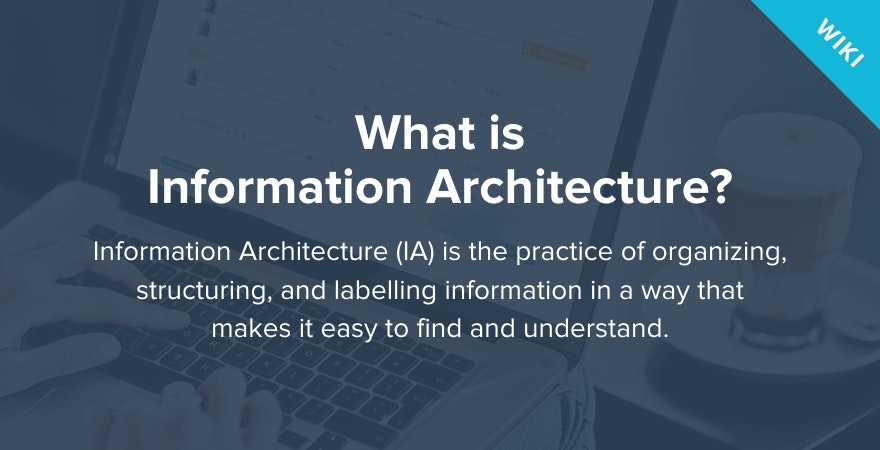
Information Architecture (IA)



What is Information Architecture?
Information Architecture (IA) is the practice of organizing, structuring and labeling information in a way that makes it easy to find and understand, both in the real world and online. IA encompasses sitemaps, navigation, categorizations, hierarchies, and content types. It directly impacts user experience and on-site conversion rate.
Information Architecture of eCommerce Stores
As leading information architect Jakob Nielsen put it: “If the customer can’t find the product, the customer can’t buy it”. Simple as that. Good information architecture can be a central factor in determining your online store’s success. You want your customer to intuitively find what they’re after from the moment they land on the homepage of your site to when they complete the purchase. Excellent user experience, clean design, and organized navigation are the non-negotiable elements for profitable online shops.
When you’re planning your store’s navigation, think of it as a bunch of neatly organized folders and subfolders with the most important pages sitting at the top, in the main navigation. Can your customers access the top landing pages from your homepage in one click? Because they should be able to. It sounds like a no-brainer, but it’s a common mistake that can cost you dearly. Make sure your online store is organized in a logical, top-down structure that has the main categories crumble down into narrower subcategories and ultimately lead the customer to a product page.
→ Click Here to Launch Your Online Business with Shopify
It’s important to consolidate your main categories as much as possible, but you must make space for your bestselling products. If a particular type of product is bringing you a lot of money, ensure that that category is given a premium spot in your navigation.
To help your customers quickly find where they are on the site, employ the breadcrumbs navigation system. It will keep track of your customer’s navigation path as they go deeper into a chosen category and display that path to the customer in a clickable, text-based format at the top of the page to provide shortcuts and improve usability. For example, a breadcrumb for an online store’s women trainers product page would look like this: Home > Women > Shoes > Trainers.
The Benefits of Information Architecture
As a critical component of any online store, Information Architecture affects a wide range of different aspects. The easiest way to measure the effectiveness of IA is by monitoring user experience. A site that is intuitive and easy to navigate will delight visitors, make their search a breeze and entice them to come back for more. Besides the obvious methods of evaluating the user-friendliness of your site, such as usability testing, you can look at the following metrics as accurate indicators of the UX performance:
- Bounce rate. The attention span of online shoppers is notoriously short. If they can’t find what they’re looking for in the first ~10s, they’ll most likely leave. Although IA is only one of many factors influencing the bounce rate, this metric is a good indicator of issues affecting your store’s profitability and should be monitored constantly.
- Conversion rate. Naturally, customers who enjoy browsing the site and effortlessly find what they need are more likely to follow through and complete their purchase. If all the elements of the site work in harmony and smart marketing tactics, such as upselling and cross-selling, are executed to perfection, the conversion rate typically gets a significant uplift.
How To Do It Right?
There are a number of things you need keep in mind when designing the Information Architecture of your site, but user experience should always be at the heart of it. The best practices of IA design include:
- Understand your user – you are not a user, so don’t design based on your own preferences as it will lead to poor performance. Carry out user interviews, experiment with A/B tests or collect user feedback in other ways, but be sure to do your research.
- Be purpose-driven – the primary goal of an eCommerce store is to sell. Your site should be structured in such a way that gently nudges customers closer to the end goal and influences their buying decision.
- Be consistent – good usability demands for the information to be displayed in predictable patterns, as it makes it easier for customers to navigate. Therefore, pick a design or pattern and stick to it throughout the entire site.



Want to Learn More?
- How to Create a Great Product Page
- Shopify Themes: How to Pick the Best Shopify Theme for Your eCommerce Store
- How to Optimize eCommerce Landing Page to Skyrocket Sales
- 10 Online Stores to Use as Inspiration for Your First Store
Is there anything else you’d like to know more about and wish was included in this article? Let us know!